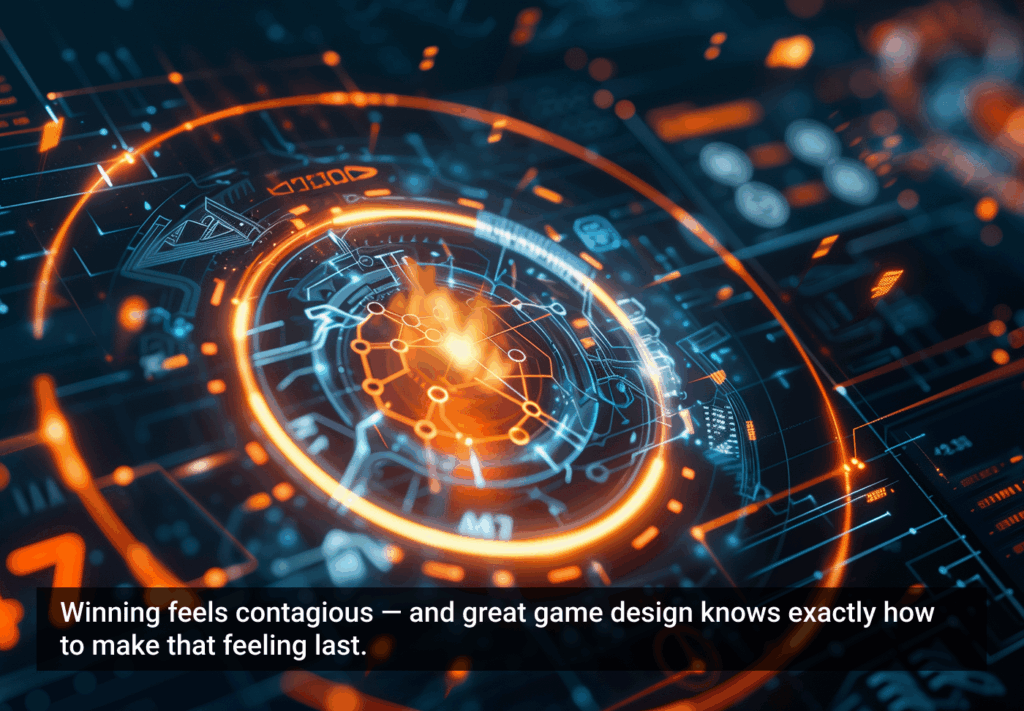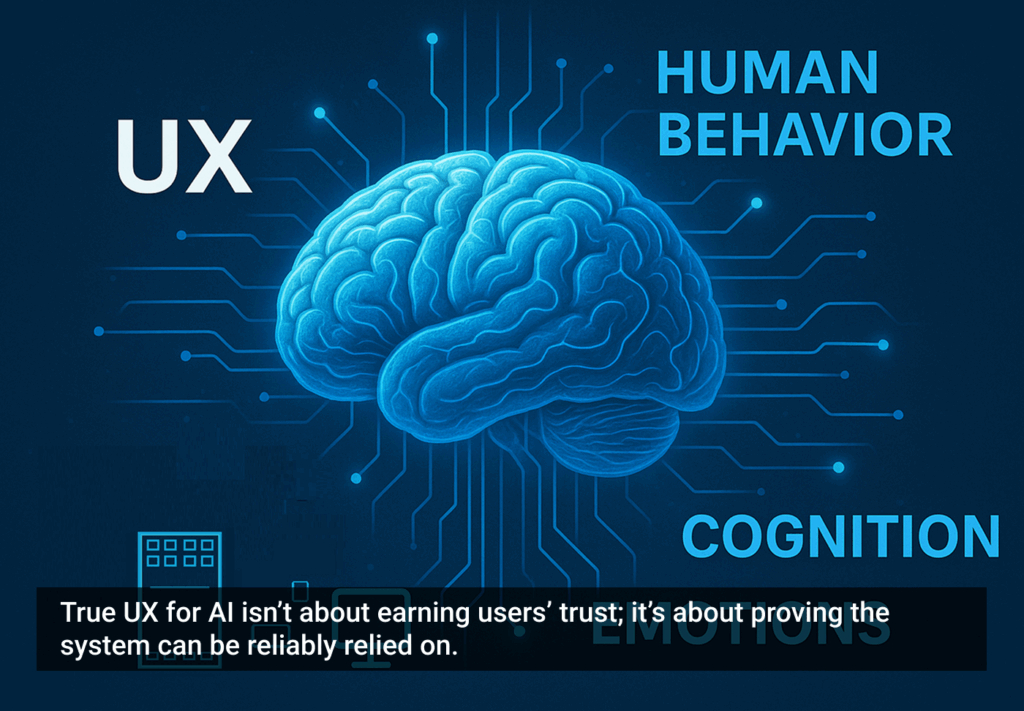A couple of weeks ago, we announced a contest to give away copies of Jon Kolko’s new book, Well Designed. To enter, we asked readers a rather odd question: “What’s your favorite coffee-related tasting note that also describes UX?” Some of you thought we were crazy, but plenty of you engaged the weirdness and now we’ve got some tasting notes to share.
You see, we’re working with a private-label roaster to source a single-origin coffee for the winners of the Design for Experience awards, and now we’ve got a flavor profile to shoot for (and an rough idea what UX tastes like):
- Initially smooth and welcoming with a bracing jolt of bright acidity, just as you begin to think it might be an experience like any other.
- French melted baguette.
- Acidic: it’s bright, it wakes your senses up, it dissolves uncertainty, too much for some, but others can’t get enough of it.
- Creamy: the coffee has a smooth feeling on your tongue and the cream slides undisturbed through your mouth like you through a good user experience.
- A little bit sweet.
“French melted baguette” … not sure what that means exactly, but it sounds good in a cup.
UX tastes like French melted baguette (among other things)
Image of baguette and coffee breakfast courtesy Shutterstock.







